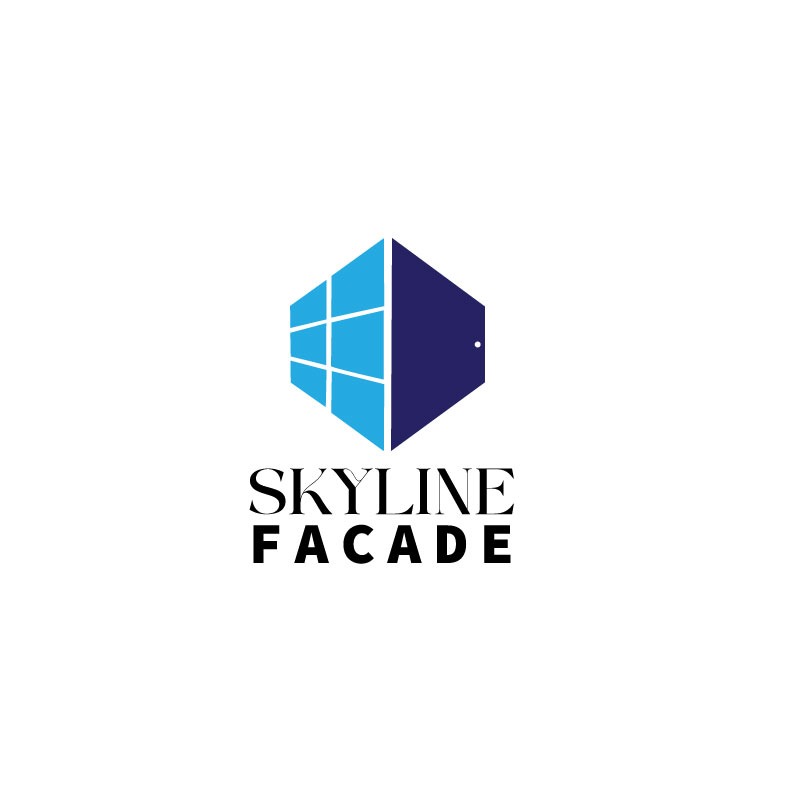Why Use Facade Consultants?
Published on

The façade of a modern building is one of the most expensive and important elements of building construction and can represent up to 30% of building construction costs; facades represent the manifestation of the architect's expectation of the external appearance of a building; they are a buildings primary environmental modifier and historically the building element with the highest instance of failure.
Until recently, the design, procurement, and execution of building facades have largely been established from the application of empirical techniques and predominantly controlled by the subcontractor. A far-from-ideal situation and the primary reason for the high instance of failure.
Façade engineering as a discipline was formed as a result of client demand when informed clients realized that the appearance of their building, the performance of the façade, and its cost were largely driven by subcontractors' commercial concerns, which naturally are profit-driven. This resulted in the reuse of standard systems (whether or not appropriate), the cheapest components, uncontrolled installation, and little if any consideration of thermal and acoustic performance, lighting, and other environmental effects.
As technologies in design and materials have developed, in conjunction with the implementation of quite onerous energy-related regulations in many parts of the world, it has become increasingly difficult for those not dedicated to façade technology to keep pace with these innovations.
Hence the need for the façade consultant: a professional dedicated to façade technologies with the sole aim of delivering a façade that meets if not exceeds the expectations of the various project stakeholders in terms of:
- Aesthetics,
- Structural and environmental performance,
- Constructability, and
- Budget.
What Can the Facade Consultant Contribute?
Design Development and tender documentation:
Work with the architect to engineer and weatherproof the building envelope with practical systems, which can be installed by many contractors. A comparative study of different systems together with a cost plan allows the owner and architect to decide on designs to suit the project budget.
Our documentation includes drawings including systems details and a technical specification to match the project and ensure the minimum standards to be applied to the design, fabrication, and installation of the façade systems. This allows the bid to be made by all the invited contractors based on the same information leading to a ‘level playing field’ and allowing the review of the submissions to compare like with like. This still allows the subcontractor to propose his system but ensures that the application of that system will meet the Client and Architectural requirements.
Tender review
A technical review of the submitted design, materials, and engineering to ensure that this meets the Client and Architectural requirements. Consultant may also review the subcontractor facilities to ensure they are capable of fulfilling the requirements of the Contract.
Given the global procurement routes employed by contractors, consultant’s extensive knowledge and experience of material and system supplies in the Asia Pacific region adds assurance to the tender review process.
Shop drawing and Calculation review
The façade subcontractor is responsible for the design, supply, fabrication, and installation of the façade system. Consultants will review the designs from an engineering and weatherproofing perspective and ensure that not only the system is sound, but that the interfaces with other systems are also included and will work. We will offer advice and report our view.
Testing
Testing is the most important part of any project. At this time the subcontractor has the chance to practice the erection of the designed system and test it to ensure it will work successfully on the building. Few subcontractors see the benefit of testing, most see it as a nuisance, however, the best façade contractors in the world spend a lot of time and money on testing. It is far cheaper to fail a test than to have a building that leaks or fails structurally. The consultant will review the testing laboratory, and test procedures and ensure that the test will be representative of the system in the building. The consultant will then witness the erection and testing of the system noting any changes to the design required or failures. A report with recommendations will then be issued.
Fabrication and Installation
The consultant will inspect the fabrication facilities of the subcontractor to ensure that he follows his procedures and instigates the procedures required to successfully fabricate the façade components. The consultant will then visit the site to ensure that the installation is being checked and agreed procedures followed.
Summary
This service ensures that the bids are honest and true since there can be no hidden extras. It also ensures that what the subcontractor agreed to build is built. Finally, it reassures the Client that everything has been done to ensure that the building envelope has been correctly designed and installed.
The amalgamation of the above roles is normally not available from any one traditional consultant on building projects, i.e. the Architect, Structural, or M&E Engineer. The Facade Engineers provide this service to address this deficiency.